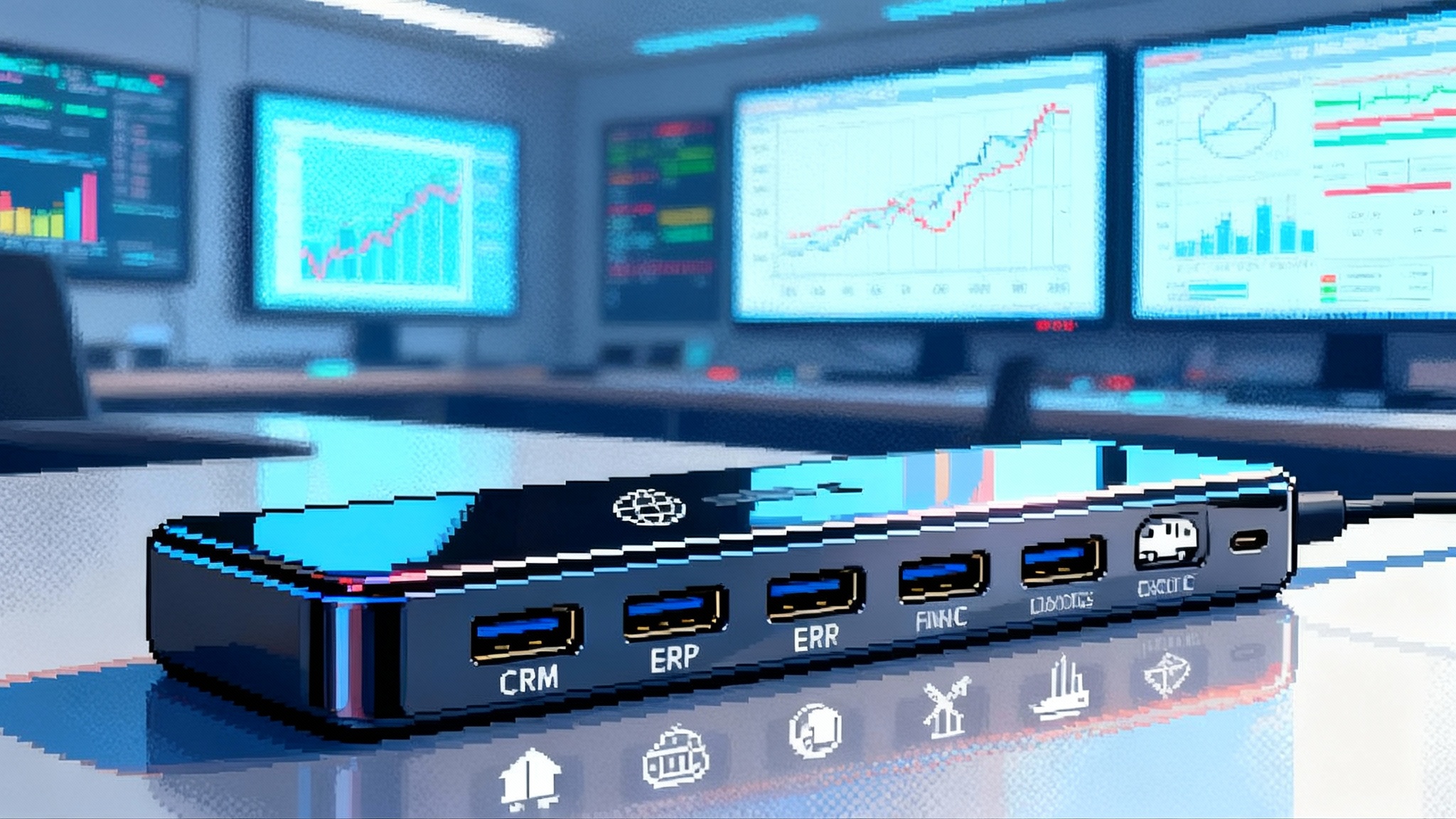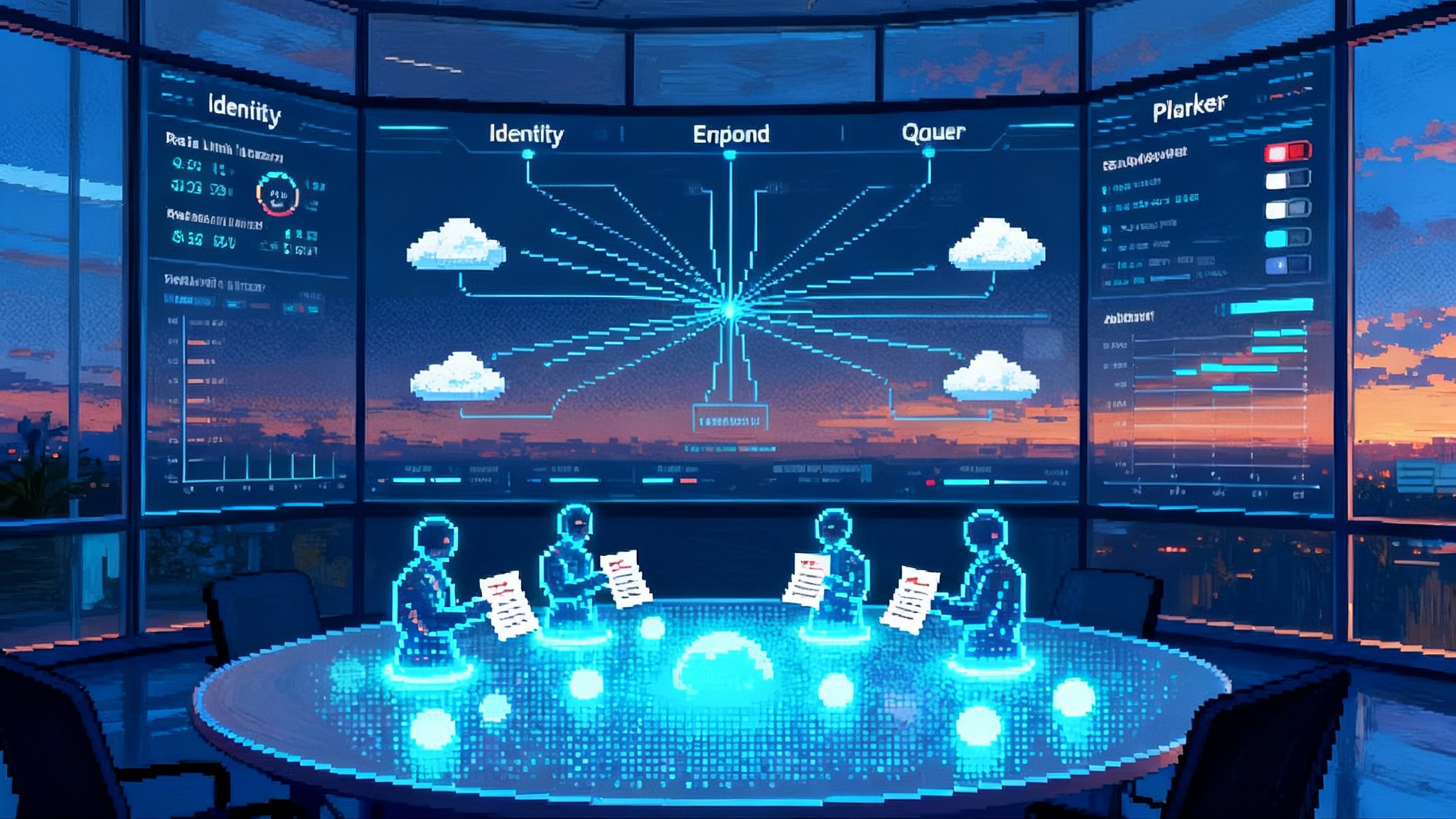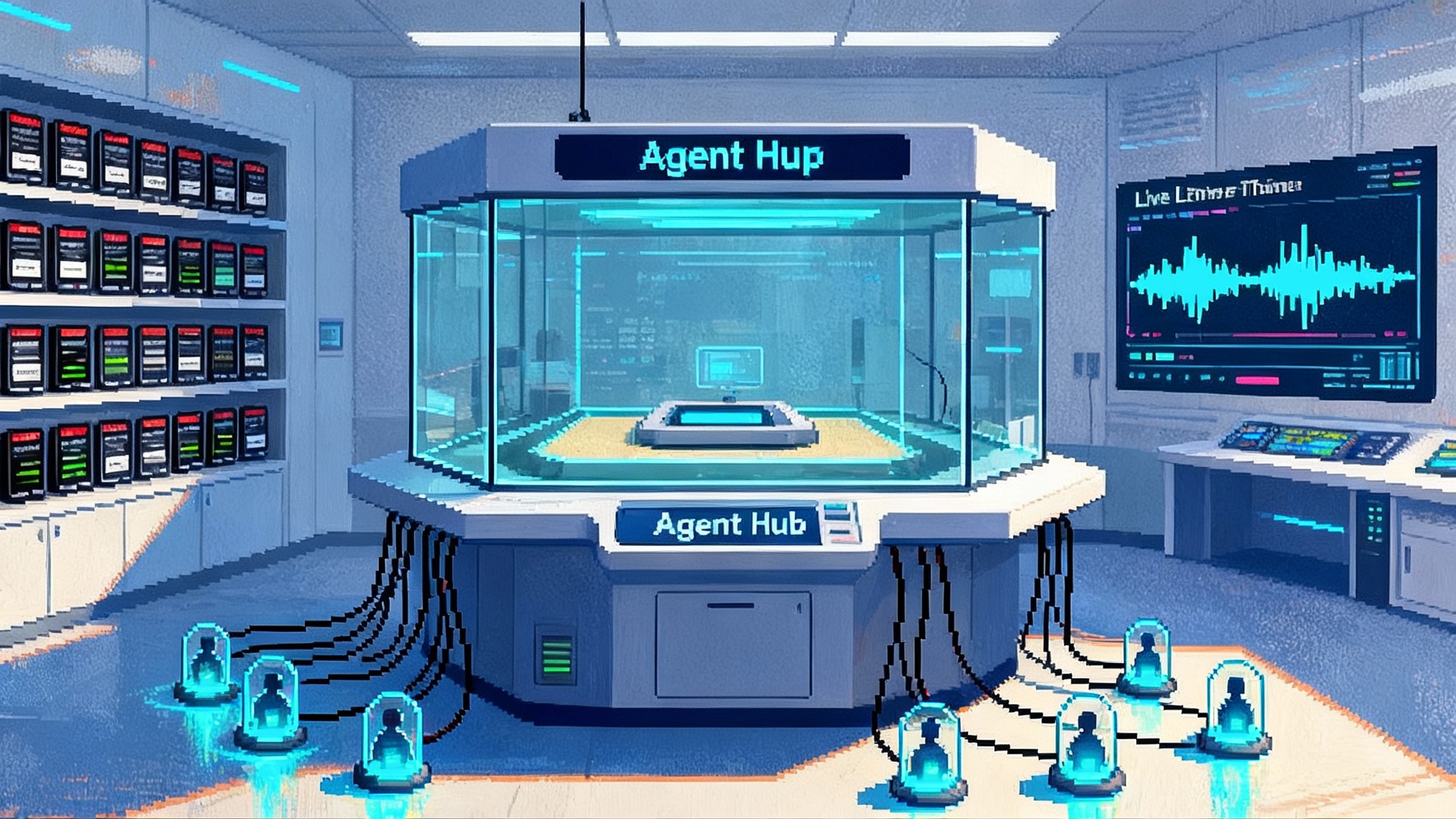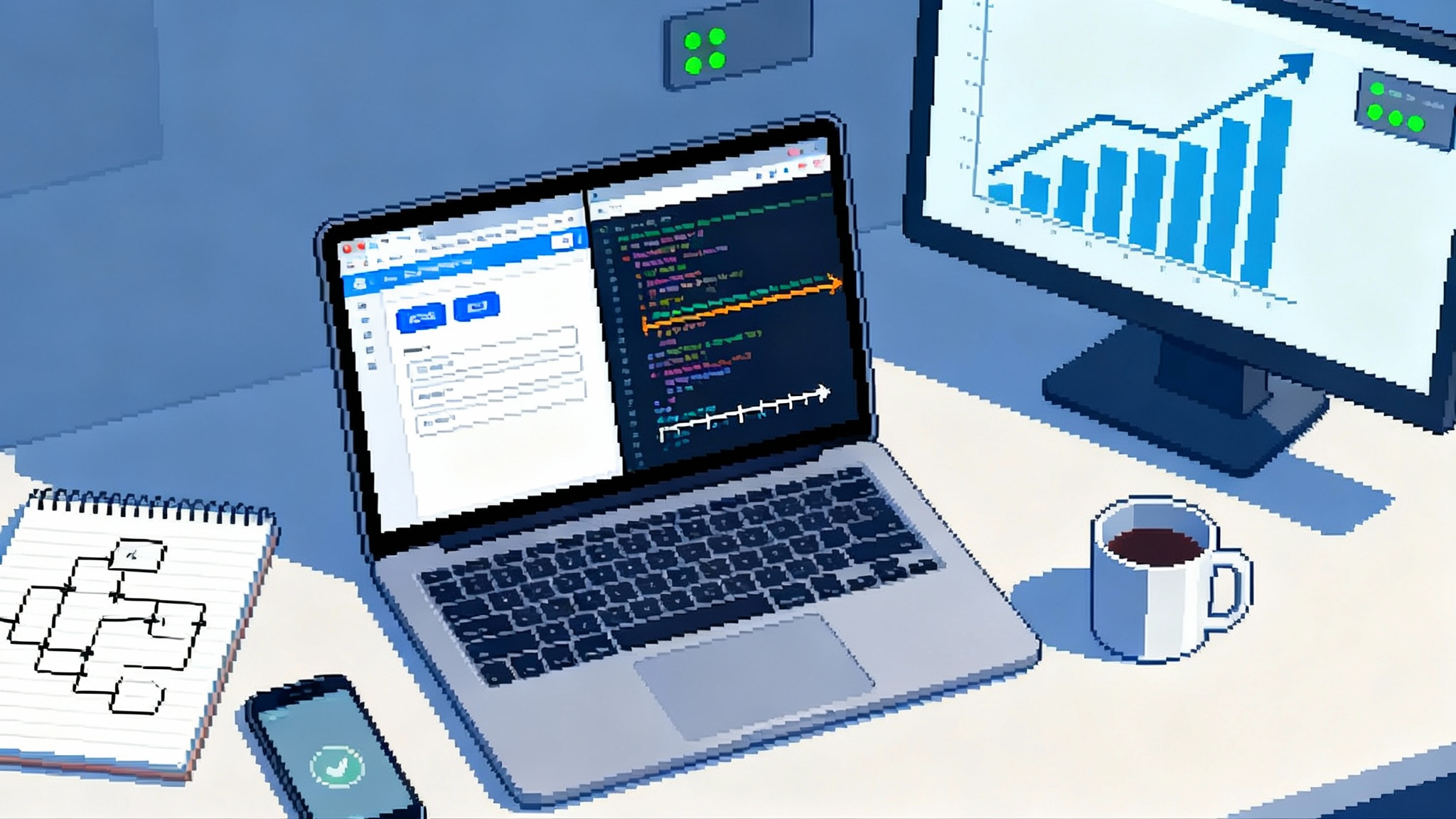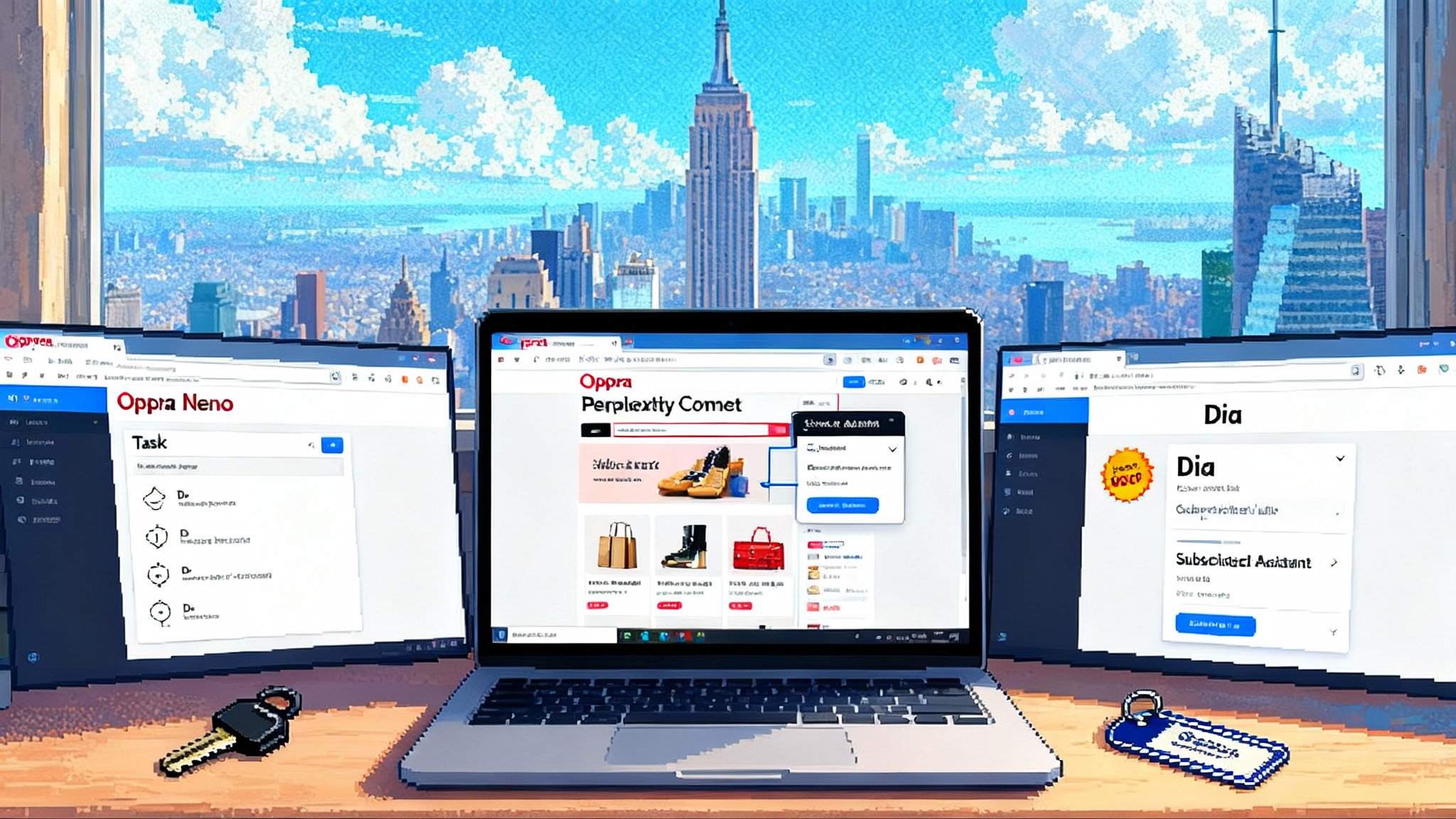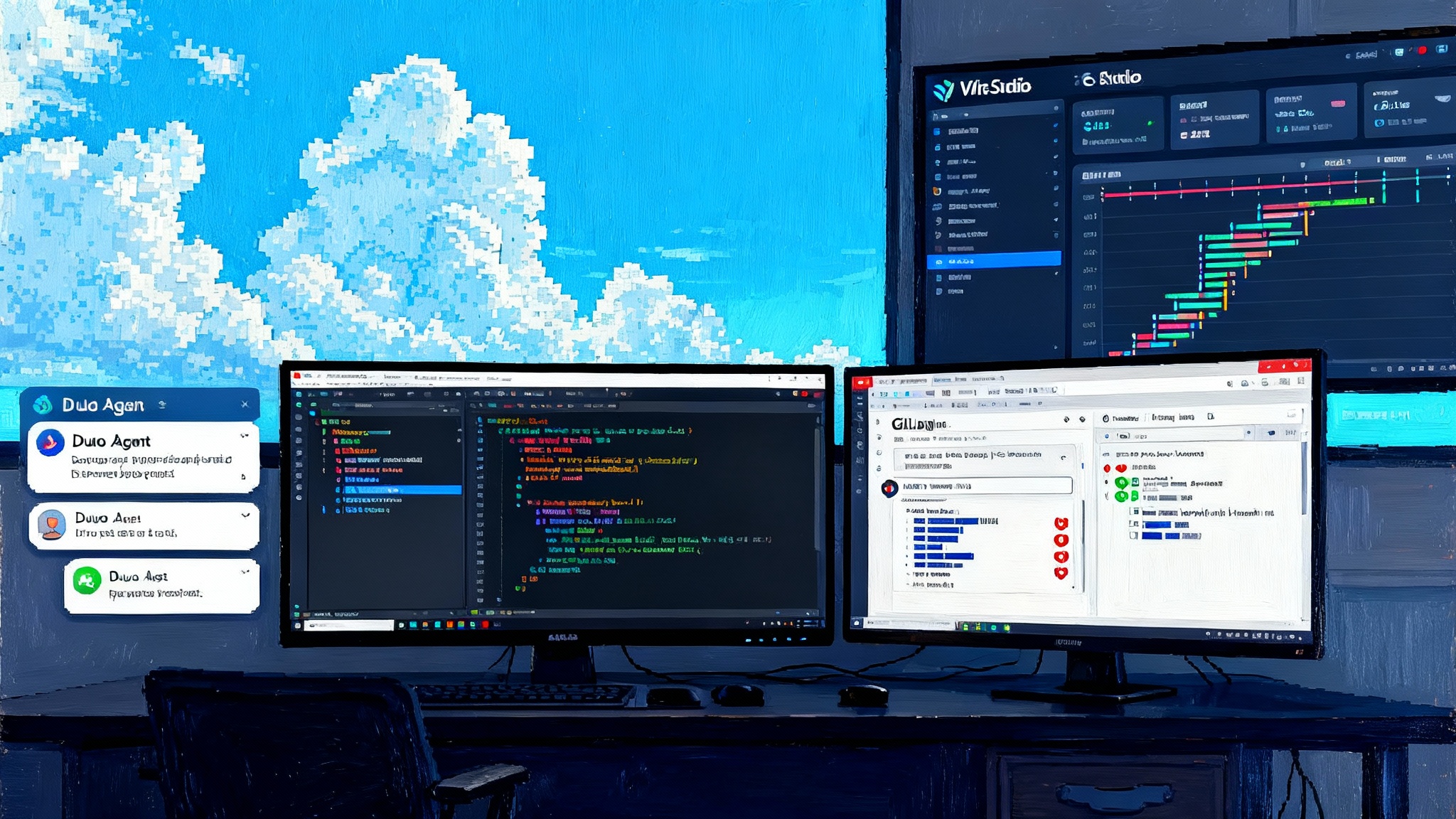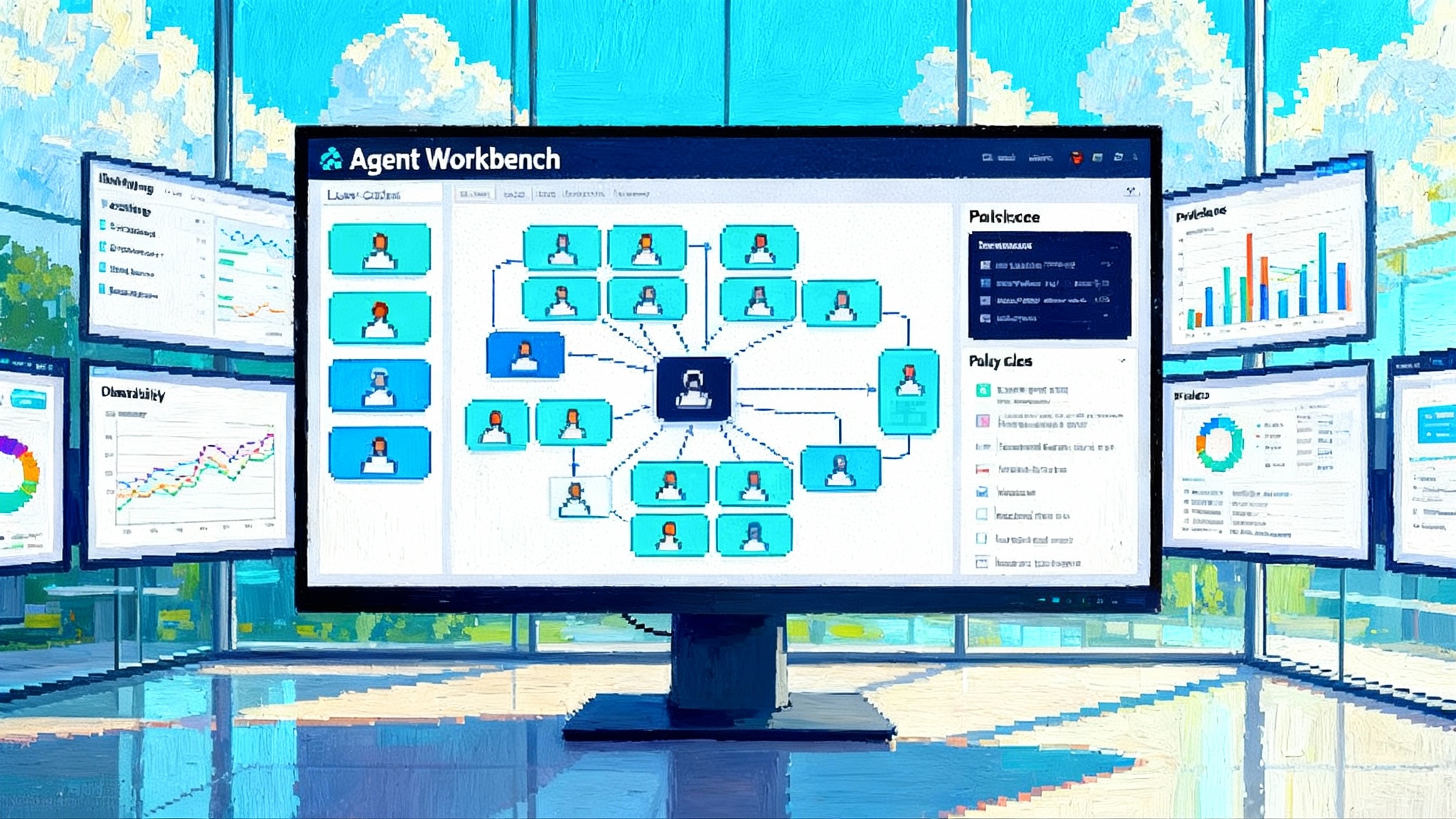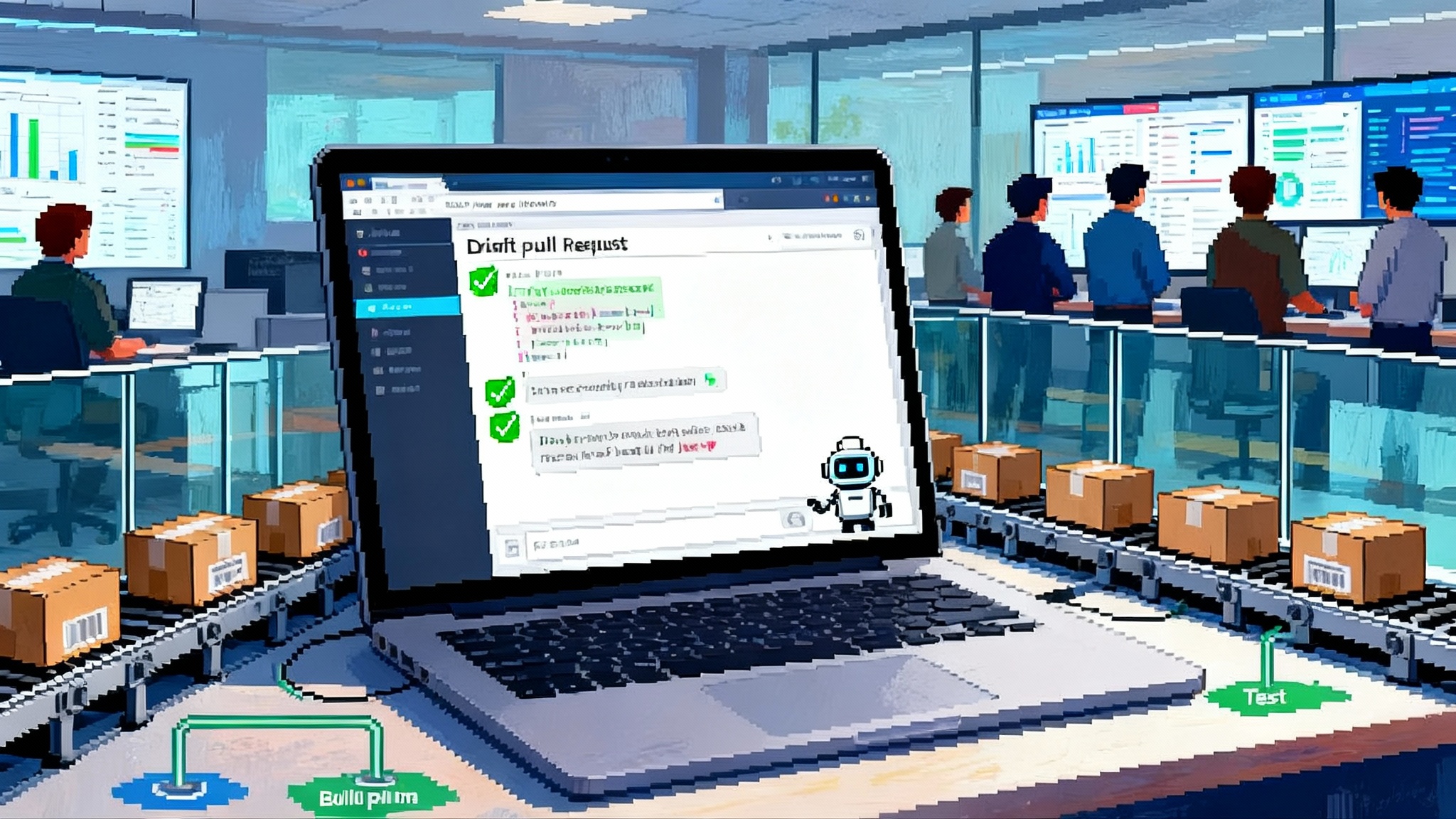Neo4j bets $100M to make graph memory the agent norm
On October 2, 2025, Neo4j unveiled Aura Agent in early access and a native MCP server, backed by a $100M investment. The goal is to move enterprise agents from brittle vector recall to persistent, explainable graph memory.
The signal in the noise: why graph memory is the next agent default
For all the fanfare around agentic AI, most enterprise pilots stall for the same reason. Agents cannot remember what matters over time, they cannot explain why they did what they did, and they do not improve as context grows. The common pattern is a vector database bolted onto a large language model. It helps with retrieval but struggles with precision, provenance, and long-horizon memory. When context windows fill up and embeddings drift, the agent loses the thread.
Neo4j just put a bright line under a different path. On October 2, 2025 the company announced a $100 million investment and two new offerings designed to make graph memory the standard for enterprise agents. The company framed the move as a way to carry pilots into production with accurate, explainable, persistent memory shaped as a knowledge graph, not just a bag of embeddings. You can see the details in Neo4j’s own press release announcing $100 million.
What changed on October 2, 2025
Neo4j introduced two pieces that fit together:
- Aura Agent in early access: a managed layer on Aura that scaffolds graph-backed agents on top of enterprise data, with automated orchestration and AIOps for knowledge retrieval.
- A native Model Context Protocol server for Neo4j: an MCP endpoint that lets any compliant agent query, write, and persist graph memory using natural language and auto-generated graph models.
Neo4j says general availability is expected in Q4 2025. The pitch is not about one more retrieval technique. It is about turning knowledge graphs into durable agent memory with lineage, permissions, and operational guardrails.
Why vector-only recall keeps failing
Vectors are excellent at fuzzy semantic lookup. That does not make them a memory system. The shortcomings show up quickly in production pilots:
- Ambiguity and drift: the same phrase can map to different facts as embeddings evolve, which makes reasoning brittle.
- Missing relationships: vectors rarely encode the exact topology that ties entities and events together. Agents cannot follow multi-step chains reliably without that structure.
- Poor attribution: when an agent answers from a nearest neighbor, it is hard to explain why that result was chosen and what the underlying source says.
- Limited persistence: context windows are finite. Session memory evaporates or bloats. Teams end up reinventing ad hoc stores that are hard to govern.
Graphs address these holes by recording entities, relationships, and properties explicitly. Reasoning becomes traversal, not guesswork. Memory becomes cumulative and queryable across time. And because nodes and edges point back to sources, you get explainability out of the box.
What Aura Agent actually is
Aura Agent arrives as an early access capability across Aura tiers. It targets builders who want to prototype knowledge-graph grounded agents in minutes, not weeks. In Neo4j’s announcement post, the team describes an EAP positioned for exploration today with a clear path to production through GA. See the Aura Agent early access announcement.
From the EAP description and press materials, expect the following shape:
- A managed control plane that connects your data to a Neo4j AuraDB instance and projects a knowledge graph suited to your use case.
- Automated retrieval orchestration that mixes graph traversals, embeddings, and structured prompts so your agent can fetch the right facts at the right time.
- Built-in AIOps to observe and tune retrieval quality, prompt templates, and graph projections as your data and usage evolve.
- A path from experimental to supported, with production hardening targeted for GA in Q4 2025.
The emphasis is speed to learning: stand up a graph-backed agent quickly, validate task performance, and then harden the pipeline.
The MCP server and why it matters
Model Context Protocol is emerging as a common socket between models and tools. An MCP server exposes tools the agent can call, with well-defined schemas and permissions. Neo4j’s MCP server adds graph-native tools to that toolkit so any compliant agent can:
- Discover a graph schema and generate Cypher to query or update it.
- Persist long-term memory as nodes and relationships with timestamps and sources.
- Spin up and manage AuraDB instances programmatically, with guardrails.
This matters because it decouples your agent runtime from your memory system. You can keep your preferred model, planner, or framework while swapping in graph memory through a standard interface. That fits the direction we are seeing elsewhere in the ecosystem where MCP becomes the USB-C for agents.
Architecture at a glance
Think of the stack as four layers that align to how enterprises already ship software:
- Data sources and pipelines
- Operational systems, data warehouses, document stores, and event streams feed into staging.
- Ingestion jobs map key entities and relationships, producing a canonical knowledge graph tailored to the domain.
- Graph memory and retrieval
- Neo4j AuraDB holds the graph. Indexes, vector augmentations, and projections support mixed retrieval.
- Retrieval combines Cypher traversals, vector lookup for unstructured text, and rule-based filters for policy and recency.
- Agent runtime and orchestration
- Your planner, tools, and evaluators live here. The agent calls the Neo4j MCP tools to read and write memory.
- Observability captures prompts, spans, graph queries, and outcomes for tuning.
- Applications and guardrails
- Endpoints present tasks to business users or downstream systems.
- Policies enforce data minimization, lineage capture, and approval workflows for high-risk actions.
The design honors separation of concerns. The agent runtime does not own persistence. The graph is the source of truth. Retrieval becomes deterministic where it should be and flexible where it must be.
How this compares to other agent moves
The market is racing to production-grade agents and a handful of patterns are coming into focus:
- Platforms are converging on a standard tool bus. That is why MCP is spreading across vendors. Our coverage of Boomi’s embrace of MCP dives into how a common protocol reduces integration tax. Read how MCP becomes the USB-C for agents.
- Runtimes are pitching operational maturity. Amazon’s work is a good example, where Bedrock AgentCore aims at production readiness with planning, tools, and guardrails.
- Model advances are shrinking the gap between demo and dependable work. See how Claude Sonnet 4.5 pushes agents toward practical task completion.
Neo4j’s angle is complementary. It is focusing on the memory substrate and explainability. Rather than invent a new runtime, it plugs into the runtimes you already use through MCP while making the memory graph first class.
Three concrete enterprise scenarios
- Security operations
- Problem: Analysts drown in alerts and tickets across tools. Context is scattered and volatile.
- Graph memory: Persist entities like users, hosts, identities, and incidents. Encode relationships like login events, lateral movement, and policy violations.
- Agent behavior: The agent traverses the graph to unify alerts and surface probable root cause, citing nodes and edges for attribution. It writes back findings so the next incident starts smarter.
- Customer and product intelligence
- Problem: Journeys span marketing, sales, support, and product analytics. Vectors over raw text miss the sequence and causality.
- Graph memory: Model customers, accounts, sessions, features used, and case history. Capture the order of interactions and the people involved.
- Agent behavior: The agent recommends next best action with reasons, pulls supporting evidence, and records outcomes that update the customer’s subgraph.
- Supply and demand planning
- Problem: Forecasting is brittle when events cascade across suppliers, shipping lanes, and demand spikes.
- Graph memory: Represent suppliers, parts, locations, shipments, and constraints. Encode lead times, alternates, and regional risks.
- Agent behavior: The agent simulates scenario impacts by walking the graph to identify single points of failure, proposes mitigations, and documents decision rationale.
From pilot to production: a practical path
Here is a step-by-step plan teams can execute this quarter:
- Frame the task first
- Define a narrow, high-value task with clear inputs, outputs, and a decision owner. Avoid boiling the ocean.
- Design the minimum viable graph
- Start with 6 to 10 node types and the must-have relationships. Prioritize entities that appear in your policies, tickets, or reports because they already matter to your business.
- Ingest with lineage
- Use your existing pipelines to project source identifiers and timestamps into the graph. Every node and edge should carry origin metadata for explainability.
- Wire up the agent through MCP
- Register the Neo4j MCP tools inside your existing runtime. Start with read-only queries, then allow writes for specific actions like adding a fact or linking two entities.
- Build a test harness
- Treat the agent like software. Build a suite of task cases with expected outputs and acceptable deviations. Capture graph queries and outcomes to compare runs.
- Tune retrieval and prompts together
- Small changes to graph projections and retrieval rules often beat adding more context tokens. Measure attribution and time to result.
- Add the guardrails you already trust
- Map data access to roles and datasets. Require approvals for writes that touch sensitive entities. Log every action with a pointer back to the source.
- Plan for GA
- The EAP is for learning. Document the path to GA with sign-offs on performance, security, and cost. Keep the graph schema versioned so changes are explicit.
Risks and open questions
- Data modeling discipline: Graphs force teams to name things precisely. That can feel slow at first but pays for itself in downstream clarity. Allocate modeling time and do not skip reviews.
- Cost control: Graph queries are cheap compared to rerunning a model on bloated prompts, but ingestion and projections can grow. Track per-task cost and right-size instances.
- Skills and change management: DBAs, data engineers, and app teams must align. Invest in enablement. The payoff shows up when incident managers or product owners can query the graph directly.
- Benchmark transparency: Vendors will publish impressive numbers. Ask for task-level benchmarks with attribution and error analysis over multiple weeks, not just a single run.
What to watch next
- General availability: Neo4j says GA is planned for Q4 2025. Watch for production SLAs, multi-region footprints, and disaster recovery specifics.
- Deeper MCP integrations: Expect more tools and richer schemas. The more first-party and third-party tools speak MCP, the easier it gets to combine planning, retrieval, and action.
- Governance blueprints: Reference architectures for regulated industries will accelerate adoption. Look for data residency, retention, and lineage patterns baked in.
- Vertical accelerators: Domain graphs for security, financial crimes, and supply chain will shorten the path from schema to value.
Bottom line
Enterprise agents will not reach dependable work with retrieval alone. They need memory that persists, reasons, and explains itself. Neo4j’s move brings that within reach by fusing a managed agent layer with a graph-native MCP server. If your pilots are stuck on brittle recall and opaque answers, this is a moment to revisit your architecture.
Use the press release to align stakeholders on the why and the product names. Use the EAP to learn quickly with low risk. And connect the dots with the broader ecosystem where MCP standardizes the tool bus, production platforms focus on runtime hardening, and state-of-the-art models sharpen the planner. That combination shifts agents from demos to dependable work.
